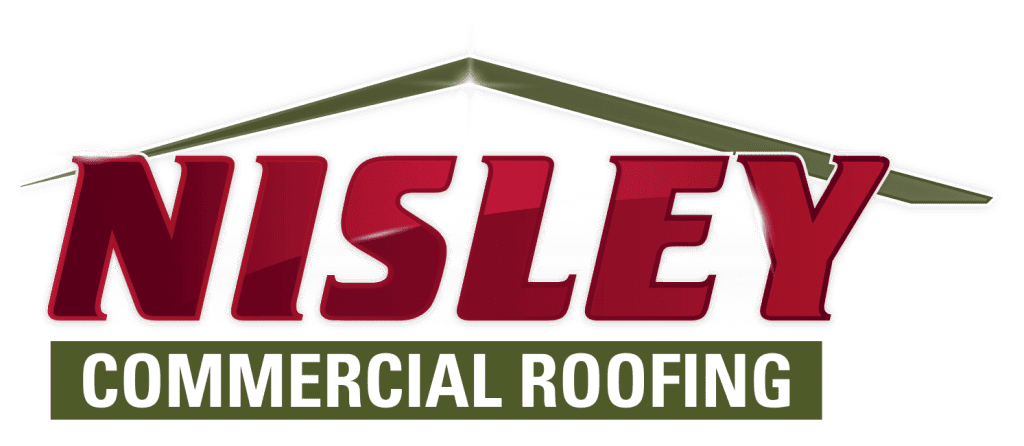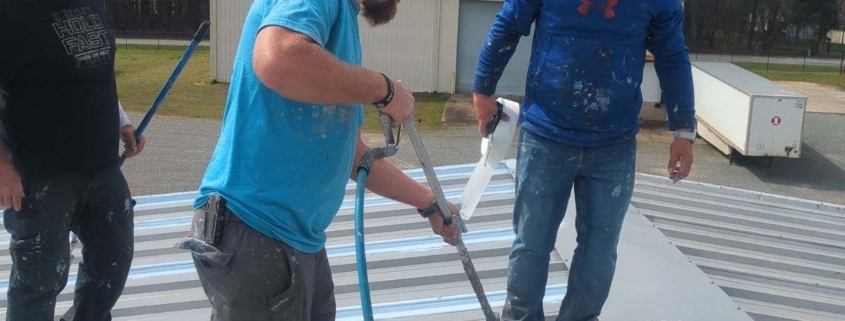Spring Forward Into Roof Repair With This Checklist
Commercial roofs need just as much maintenance as residential roofs. If your commercial roof has not been checked out in a while, you may have some issues you are not aware of. You can either hire someone to go up there and take a look for you or follow a checklist to do it yourself this spring.
1. Look for Debris and Clear It Off
It doesn’t matter how tall your commercial building is. Debris on the wind will still find a way to your building’s roof. Rotting organic debris like leaves, dirt, and twigs can affect the protective barriers on your roof by creating the perfect areas to grow mold. Clean off the debris in every nook and cranny of your commercial roof.
2. Clear Gutters and Flush Downspouts
If your building has gutters, check them. Remove anything that is built up in the gutters. These are areas where squirrels and birds like to create nests, which can cause gutters to be blocked. Water flow is prevented and backs up, leading to roof and foundation damage. Also flush out the downspouts, which are favorite nesting places of bees and wasps.
3. Check Condensers on the Roof
With commercial buildings, a lot of the air conditioning and/or refrigeration condensers are on the roof. Check the condensers to make sure they are clean and clear of debris. Any signs of birds means that you could have a problem keeping birds away from these AC and refrigeration components.
They generally blow warm air out and take in cooler air to chill it before pumping that air into commercial freezers or circulating it around the building. Birds gravitate toward the warm air pumped out to help stay warm and hatch their eggs. As long as there are no active nests with eggs, remove the nests and anything else that has collected around the condensers.
4. Check Vents
Most roofs have vents. Check the vents for signs of wear and tear as well as signs of animals. Anything that can get to your roof will be looking for a way into the building and out of the elements. Even if the critters don’t make nests in the vents, they can still use the vents to get inside. Making sure the fans in the vents are working properly discourages squirrels, birds, rodents, etc., from entering through the roof vents.
5. Look for Loose Roofing Materials
Bricks, tarps, white roof sealants, loose pieces of concrete, and more all need to be secured. If they are not secure, they could pull free and go over the roof’s edge onto someone’s head below. Hire a roofing contractor to come and secure roofing materials and/or replace them if the materials are too badly damaged. If the edge of your commercial roof is comprised of an elevated brick wall knee high, make sure these bricks aren’t loose either. Everything should be tight and secure and nothing should wobble, fly, or squeak.
6. Conduct a Full Spring Roofing Inspection
Have a roofing contractor perform a complete spring roofing inspection. Even after you have done all of the above yourself, there might be something you missed. The pro might spot something that needs repair or attention that you probably couldn’t do yourself anyway. Commercial roof repair also requires a specialized roofing contractor to do any repair work that your inspection contractor would make note of.
7. Understand Commercial Roof Restorations vs. Roof Replacement.
A commercial roof restoration restores the roof to a more functional and efficient state. Our white roof coatings provide an 85% reflectivity, greatly reducing heat stress for the entire building envelope. To replace with new metal, you first have to remove the old, thus exposing equipment and inventory inside the building to the elements. In the process of installing a commercial roof restoration system, nothing gets exposed on the inside and the business can function like normal.
8. Check for Cracks and Areas of Ponding Water

Cracks and holes in the roof of a commercial building is a disaster for the entire building because all the stories under that roof are at risk. Areas of ponding water on flat roofs will inevitably lead to creating leaks in the future. These issues will require commercial roof inspection and remediation. If you catch these issues early, then you can fix them and prevent anything more expensive from occurring. It’s less expensive to repair something small than to repair a major roofing issue.



